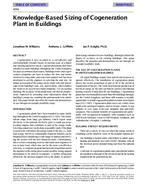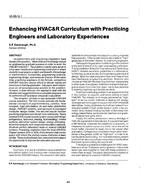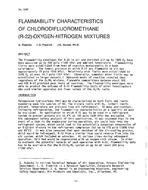Manual methods are used in the majority of HVAC design work in North America and Europe, but simulation is replacing them as validation of its results increases and its cost is reduced. A common European manual method is the admittance method, which is elegant in its analytical solution of Fourier’s equation. This method is discussed, as well as the necessary manipulation of weather data into sine waves as required by that method. Cooling loads are then calculated assuming a sequence of identical days to represent the manual admittance method. This approach is used to determine cooling loads for buildings in three U.S. cities and the results compared to simulations that make use of the original sequential data. The simulation is shown to be superior in giving more detailed, correct results. The admittance method is shown to give an adequate, understandable manual calculation, but its limitations must be appreciated, especially the required manipulation of weather data. This paper compares the results of cooling load calculations carried out with climatic data that has been synthesized so as to be suitable for use with the admittance method with those obtained using the original sequential data. The comparisons are carried out for three city sites in the USA.
Units: Dual
Citation: Symposium, ASHRAE Transactions, vol. 106, pt. 2
Product Details
- Published:
- 2000
- Number of Pages:
- 7
- File Size:
- 1 file , 320 KB
- Product Code(s):
- D-7247


